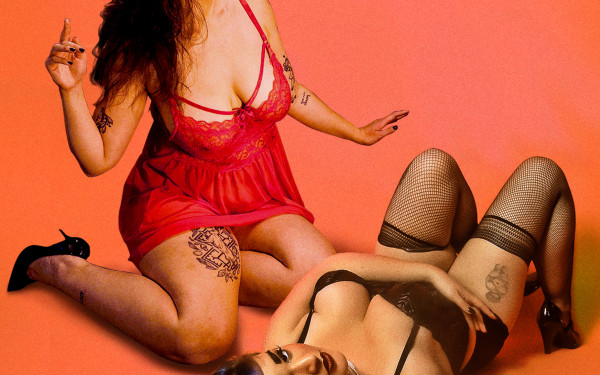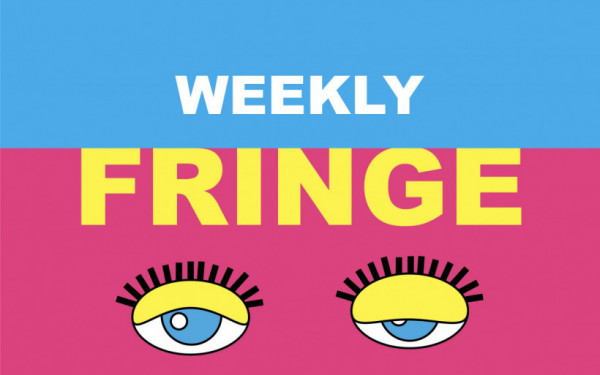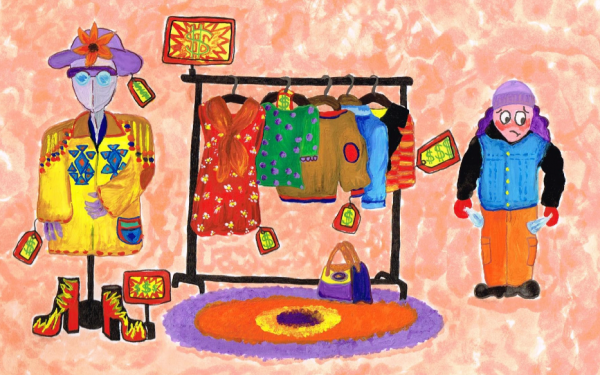ILL-Abilities Celebrates Ten Years of Passion and Inspiration
An International Differently-Abled B-boy Crew Shows the World That There Really are “No Limits” to Dance
Graceful, precise and hardcore. These are the only words I can use to verbalize ILL-Abilities’ performance at their ten year anniversary Saturday night.
A mix of contemporary dance and intense b-boying, their choreography at Les Grands Ballets told a story of resilience, strength, and connection.
An international crew of differently-abled dancers, their physical disabilities were irrelevant as they moved on the dance floor.
Luca “Lazylegz” Patuelli, a Concordia alum, founded the dance group ten years ago with Tommy “Guns” Ly (U.S.), Jacob “Kujo” Lyons (U.S.) and Sergio “Checho” Carvajal (Chile). Redouan “Redo” Ait Chitt (Netherlands), Jung Soo “Krops” Lee (South Korea), Samuel Henrique “Samuka” da Silveira Lima (Brazil), and Lucas “Perninha” Machado (Brazil) later joined.
Lazylegz, who has arthrogryposis, a neuromuscular disorder that affects his bones and joints, graduated from JMSB in marketing with a focus on economics. He is a professional breakdancer, and touches on contemporary and modern dance. Lazylegz uses his physical differences, by having limited movement in his legs, as a tool to reach out to people and to inspire; teaching the world that there are “No Excuses, No Limits”. He is a motivational entertainer, who has been on Ellen, has spoken at TEDxYouth@Montreal, and is a dance instructor.
ILL-Abilities teamed up with Les Grand Ballets, (where Lazylegz teaches) this weekend to perform in their venue for their crew’s tenth anniversary.
And, as Lazylegz puts it, this collaboration was unheard of.
“Hip-hop, this music here in the background, was never welcome [at Les Grand Ballets],” explained Lazylegz. “And to know that they’re opening their doors to hip hop, and they’re allowing us to do that, that’s history in the making. It’s a turning point in my personal career, for ILL-abilities, as well as for the Montreal dance community.”
ILL-Abilities has changed drastically over the years.
In 2007, “I wanted to start a crew with some of the best dancers in the world. […] These dancers motivate me on a daily basis, and so [I thought], rather than compete [against] them, let’s join them,” said Lazylegz. “I contacted these guys [with] this idea; let’s compete, let’s do performances, let’s show the world what we’re all capable of doing; let’s make an impact [and] let’s make a movement.”
“Two thousand seventeen to 2018 has been the maturity of the crew,” Lazylegz went on. “Initially, when we first started this, it was just a really cool idea. […] Now, we’re realising that it’s here to last.”
ILL-Abilities is an international crew out of necessity, explained Lazylegz.
“Dancing is freedom. It’s fun. It’s something that anyone can do […] It’s not about the big moves. Grove, just move to the beat. Just move your head. That’s what dancing is.”⎼ Luca “Lazylegz” Patuelli
“There are very few dancers that are differently abled [world wide], this right now is the ‘creme de la creme’. We’re not just crew mates, […] we’re actually brothers, spiritually,” he said.
Redo, who joined ILL-Abilities in 2010, found clarity through his experience with the group. Redo was born with certain physical deformities. He has a shorter right arm, a shorter right leg, and uses a prosthetic to help him walk.
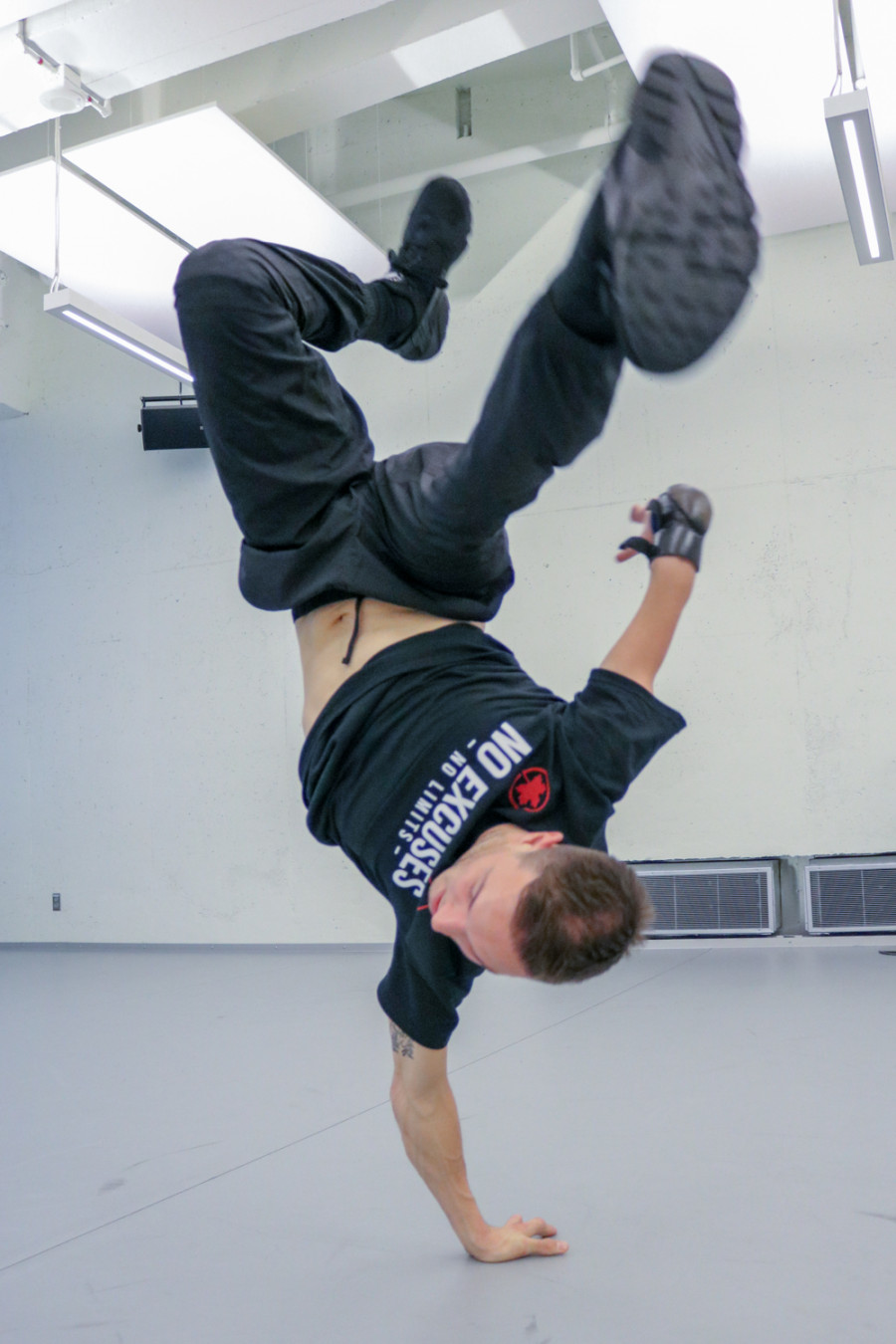
“For me, the feeling of performing with the crew, is something I’ve never felt before. […] I didn’t know that dance could be that powerful. […] I was totally shocked about what you could reach by dancing.”
Kujo, one of the founding members, explained that ILL-Abilities is shown to be an inclusive dance crew, who is open to people who have invisible disabilities as well.
“I’m deaf. I was born 100 per cent deaf in one year, and I lost a lot of hearing in my other ear,” said Kujo. “Being deaf, we’re not really considered disabled. We are and we aren’t. Clearly we have something missing that prevents us from operating like “normal” people. But, unless otherwise noted, on an individual level, we don’t have any other physical handicaps. I can walk, I can run, I can exercise […] without any problems except balance issues, for example.”
“The inclusion of someone like me opens up the crew to being more than just a group for b-boys who are disabled. That’s why we say we’re not a disabled dance crew, but a different-abled dance crew.”
In their ten years performing as a crew, they’ve travelled to 24 countries, and performed, competed and taught in all of those countries.
“Some of the best moments of my life has been with this crew,” said Lazylegz. “For me, this ten year anniversary is [a] turning point in my career. This is where we are going to take ILL-abilities to the next level, and where it’s going to go beyond us.”
“Dancing is freedom. It’s fun,” said Lazylegz. “It’s something that anyone can do […] It’s not about the big moves. Groove, just move to the beat. Just move your head. That’s what dancing is.”

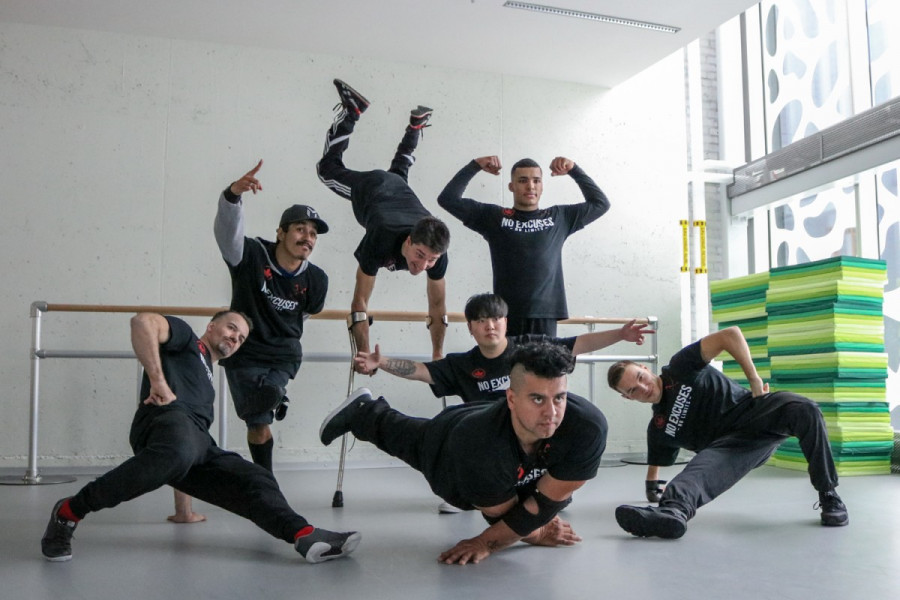
_600_832_s.png)


